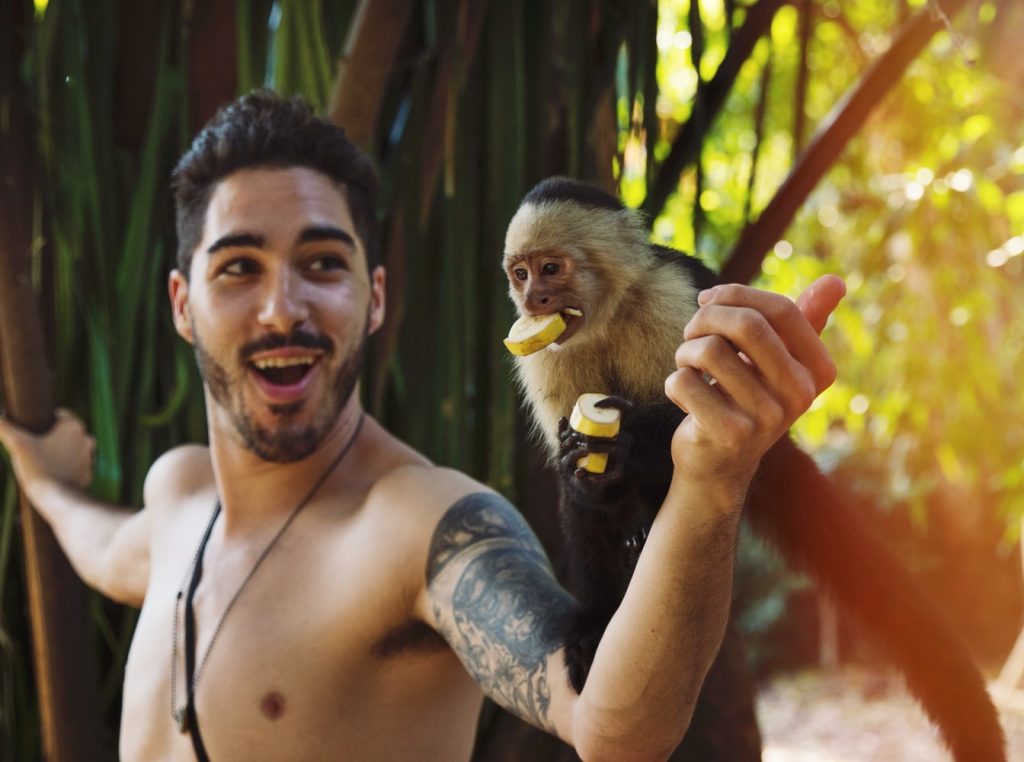Scientific developments have helped us to advance as humanity, giving us solutions in the treatment of diseases, transport, and technology.
To achieve all these advances, years of work, research, and countless sacrifices have been necessary. But is there a limit between what should or should not be done in pursuit of science?
With the aim of obtaining organs for human transplants, the scientist Juan Carlos Pzpisúa and his team of researchers managed to create for the first time a chimera of human and monkey. This happened in his laboratory located in China.
What is a chimera?
A chimera is, according to the mythology of ancient Greece, a hybrid beast with a body and a lion’s head, another goat’s head and a dragon’s tail. When this term is used in science, they do not refer to something so outlandish, but to the genetic modification of embryos so that they have the genetic characteristics of another being.
In this case, Izpisúa’s team, composed of researchers from the Salk Institute of the United States and the Catholic University of Murcia, have worked on the genetic modification of monkey embryos to “activate genes essential for the formation of their organs, and then inject human cells capable of generating any type of tissue, ”they explained .
What resulted is a monkey chimera with human cells, but this being was not born because the researchers interrupted the gestation process.
Izpisúa explained to the media that he will try not only to advance with experiments with human cells, rodents, and pigs but also with primates. The scientist presumes that Spain is a pioneer and world leader in this type of research.
The renowned researcher recalls that in 2017 they carried out the first experiment between human-pig hybrids, but on that occasion, they were unsuccessful because human cells contributed very little to the development of the embryo.
This inconvenience did not occur with the experiments carried out among species closer to each other, such as the mouse and the rat. This experiment consisted of using a genetic editing technique called CRISPR, to deactivate the genes responsible for the development of the heart, pancreas, and eyes, and then introduce rat cells with these functions.
The result was more than satisfactory, but the researchers were forced to abort this being to respect international regulations.
With respect to these experiments, there are certain moral barriers to prevent, for example, cells from escaping and forming human neurons in the animal brain, which could cause a conscious being. In response to this fear, Izpisúa states that he and his team have implemented mechanisms so that if this case happens, human cells self-destruct.
The scientific community has a consensus related to that, which dictates that pregnancy should be interrupted before 14 days, at which time the human central nervous system develops completely.
The reason why Izpisúa conducts its research in China is because of the regulation of Spanish laws, which only allow this type of experiment for the treatment of fatal diseases. On the other hand, the regulations in the Asian giant are more flexible in this regard, in addition to that in that country, they would not have any problem with the lack of infrastructure.
It is worth mentioning that the investigations continue since they must contemplate cases in which there is a rejection of the new organ by the receiving body. The conclusions of these investigations will be published shortly in an important scientific journal.
